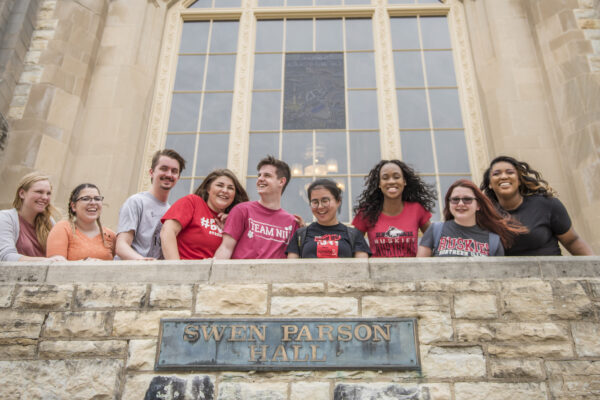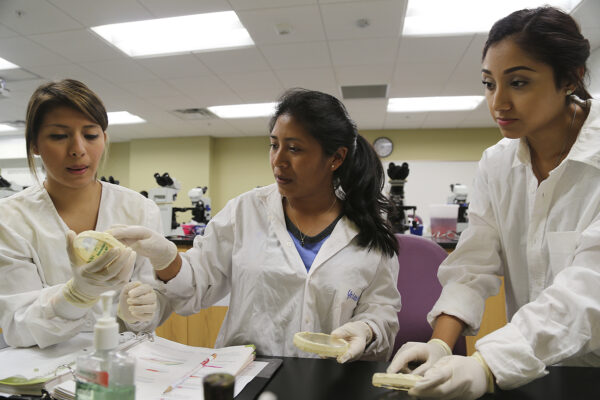It’s an interview that quickly became the talk of the higher education and technology worlds. Read Cathy Sandeen’s take on Sebastian Thrun’s profile in Fast Company.
“I’d aspired to give people a profound education—to teach them something substantial…but the data was at odds with this idea,” declared Sebastian Thrun, founder of the Silicon Valley MOOC platform Udacity in a recent Fast Company article.
But if you have been tracking Thrun’s work over the past year, you will see his statement as nothing terribly new. Udacity has been consistently migrating away from uber-sized MOOCs (massive online open courses) aimed at the degreed professional seeking career development or personal enrichment and toward providing a platform, instructional design and analytics for the delivery of quality non-MOOC online courses.
Udacity’s partnership with Georgia Tech on a low-cost computer science degree is a prime example. Georgia Tech provides content and academic expertise while Udacity serves as the platform and designer. With admission requirements and tuition, the only thing that makes this degree program MOOC-like is the fact that Udacity is involved.
Indeed, it was a conversation with Thrun about a year ago that inspired me to define the evolution of MOOC development from 1.0 to 2.0 to 3.0.
ACE recently collaborated with InsideTrack on a research study, To MOOC or Not to MOOC: Strategic Lessons From the Pioneers. This study explored the experiences of a sample of senior leaders and faculty involved in creating and delivering the first MOOCs.
One of the biggest takeaways for me was that neither faculty nor leaders were greatly motivated by generating revenue or reducing expenses. Rather, increasing institutional and personal reputation and international reach were their primary driving force. Exploring innovative and more effective ways to teach also emerged as important motivators.
Most MOOCs serve people who already have earned multiple degrees. Their purpose for enrolling is mainly personal enrichment and leisure learning. No wonder the completion rate now hovers around 7 percent. Students move in and out of courses according to their own needs and preferences, not because they require a new degree or credential for career advancement or to get a job in the first place.
ACE still sees promise for a segment of MOOCs—with appropriate quality review and credit evaluations—to be integrated with traditional degree programs to help students prepare for college-level work and shorten the time it takes some students to complete a degree. We currently are involved in a study exploring these issues.
But it’s important to note that the main contributions thus far of MOOCs have been to broaden the conversation about online learning and accelerate innovation in terms of online teaching and learning with a focus on meaningful and documented outcomes. At the end of the day, MOOCs are simply a variation of a traditional online course, not the completely new higher education species that some assert. In addition, there really is no one thing called a MOOC any longer. Like any innovation, MOOCs are evolving and the basic concept is now taking us in multiple directions.
Online learning has existed for more than 15 years. As almost every other field has become increasingly technology dependent, why should we expect higher education to be immune? The MOOC, yes or no, good or bad conversation is a distraction. The most important question is one of long-term strategy: How might you or your institution capture lessons learned from emerging pedagogical innovations to improve student learning outcomes?
If you have any questions or comments about this blog post, please contact us.


